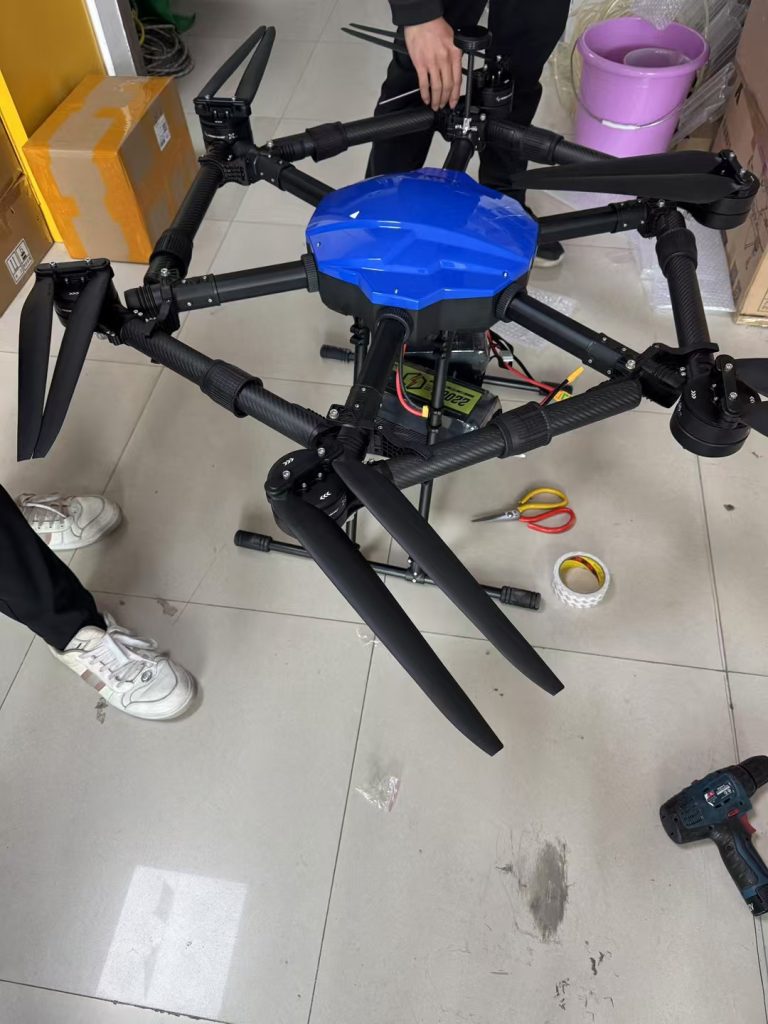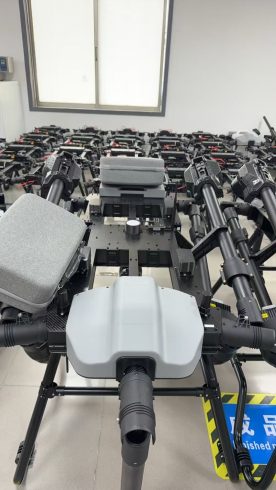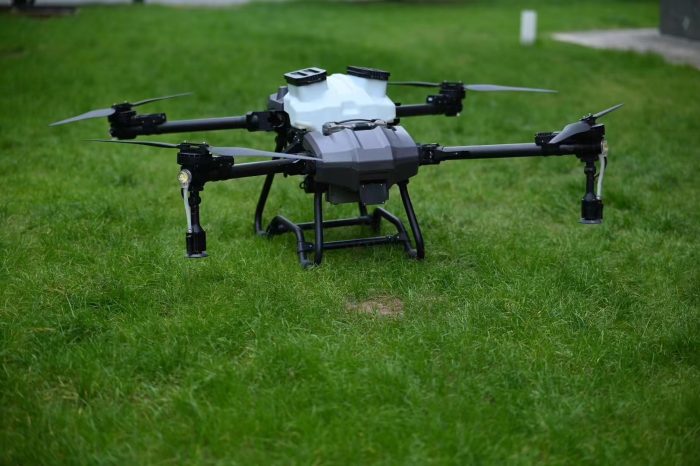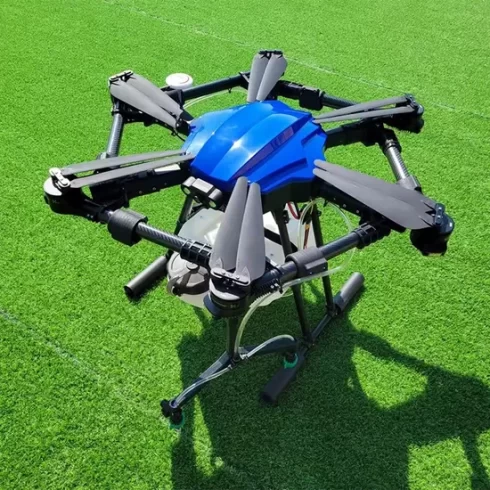
![图片[2]-Smart Farming with Drone Technology: Revolutionizing Agriculture-msoen](https://www.msoen.com/wp-content/uploads/2025/04/54487bc6d4215007-768x1024.jpg)
![图片[3]-Smart Farming with Drone Technology: Revolutionizing Agriculture-msoen](https://www.msoen.com/wp-content/uploads/2025/04/1a54c78d8d214952-576x1024.jpg)
The global agricultural landscape is undergoing a transformative shift as drone technology emerges as a cornerstone of smart farming. By integrating advanced drones into agricultural practices, farmers are unlocking unprecedented efficiency, sustainability, and productivity. This article explores how drone innovation is reshaping modern agriculture, its key applications, and the long-term benefits it delivers to stakeholders worldwide.
- Enhancing Crop Monitoring with Precision
Traditional crop monitoring often involves time-consuming manual inspections or costly satellite imagery. Drones equipped with multispectral sensors and high-resolution cameras provide real-time, high-definition visuals of fields, enabling farmers to detect issues like pest infestations, water stress, or nutrient deficiencies before they escalate.
For instance, drones can capture infrared imagery to analyze plant health by measuring chlorophyll levels and vegetation indices (e.g., NDVI). This data allows for targeted interventions, reducing resource waste and improving yields by up to 30% in some crops.
- Precision Spraying and Reduced Chemical Usage
One of the most significant advancements in drone agriculture is automated precision spraying. Unlike conventional methods that blanket entire fields with chemicals, drones use AI-driven algorithms to identify problem areas and dispense herbicides, pesticides, or fertilizers with millimeter accuracy.
This approach minimizes chemical runoff, protects ecosystems, and lowers operational costs by up to 50%. Additionally, drones can access hard-to-reach terrain, such as steep hillsides or dense orchards, ensuring uniform coverage across all parts of the farm.
- Soil and Crop Health Analysis
Drones are revolutionizing soil management by generating 3D topographic maps and thermal imaging profiles. These tools help farmers assess soil moisture levels, drainage patterns, and erosion risks. Coupled with machine learning models, drones predict crop needs and recommend optimal planting schedules, irrigation strategies, and harvesting windows.
For example, thermal sensors can detect dry zones in fields, prompting targeted irrigation adjustments that conserve water—a critical need in drought-prone regions.
- Real-Time Data for Agile Decision-Making
The true power of agricultural drones lies in their ability to deliver actionable insights instantly. Farmers receive live feeds and analytics dashboards that highlight anomalies, track progress, and forecast yields. This agility enables rapid responses to weather changes, disease outbreaks, or market fluctuations.
By replacing guesswork with data-driven strategies, drones empower farmers to optimize resource allocation, reduce waste, and maximize profitability.
- Automation and Integration with Smart Farming Systems
Drones are increasingly integrated into IoT-enabled smart farms, working alongside autonomous tractors, soil sensors, and AI platforms. For instance, a drone’s real-time crop data can trigger automated irrigation systems or adjust greenhouse climate controls.
Future advancements may see swarms of drones collaborating to plant seeds, monitor large-scale operations, or even pollinate crops—a potential solution to declining bee populations.
The Future of Agriculture is Aerial
As drone technology evolves, its role in smart farming will expand beyond efficiency gains. Innovations like solar-powered drones, longer battery life, and reduced regulatory barriers will make this technology accessible to smallholder farms and industrial operations alike.
By embracing drone-powered agriculture, stakeholders can build resilient food systems that meet the demands of a growing population while preserving natural resources. The fusion of drones, AI, and sustainable practices is not just a trend—it’s the future of farming.
Key Takeaways:
- Drones enable real-time crop monitoring, precision spraying, and soil analysis.
- They reduce chemical usage by up to 50% and improve yields through data-driven insights.
- Integration with IoT and AI paves the way for fully automated smart farms.
This technology is not merely a tool but a paradigm shift, positioning agriculture at the forefront of digital innovation.









暂无评论内容